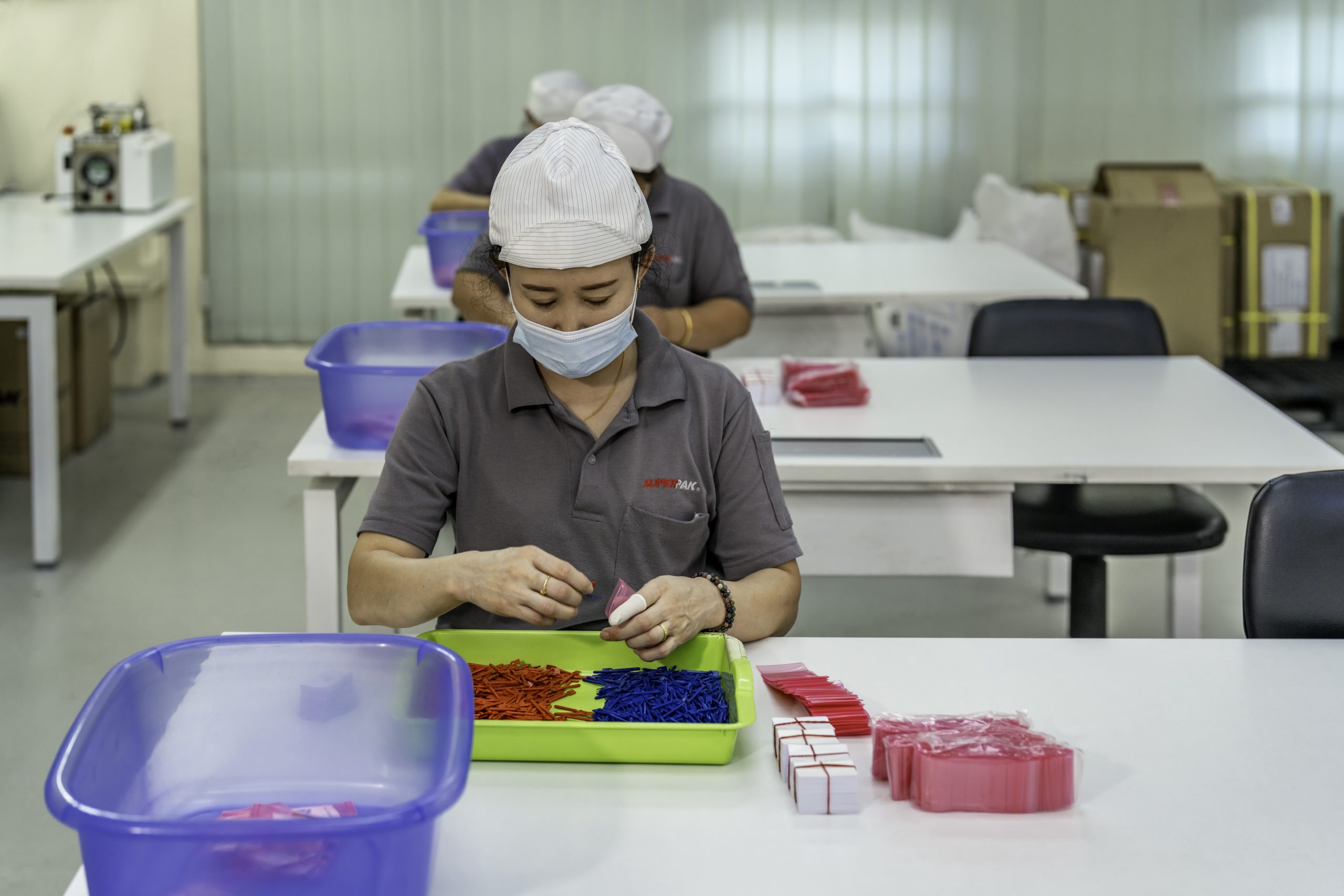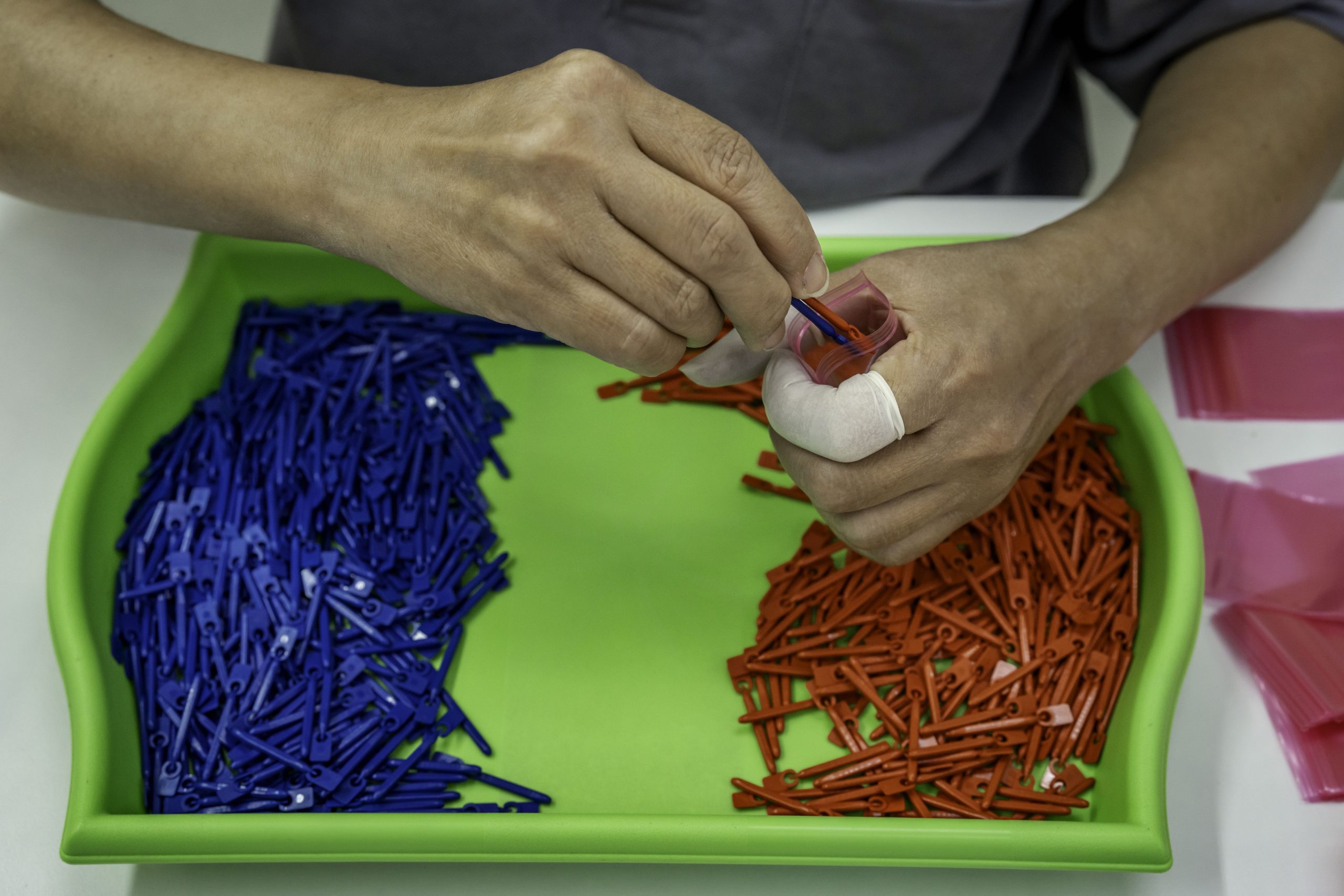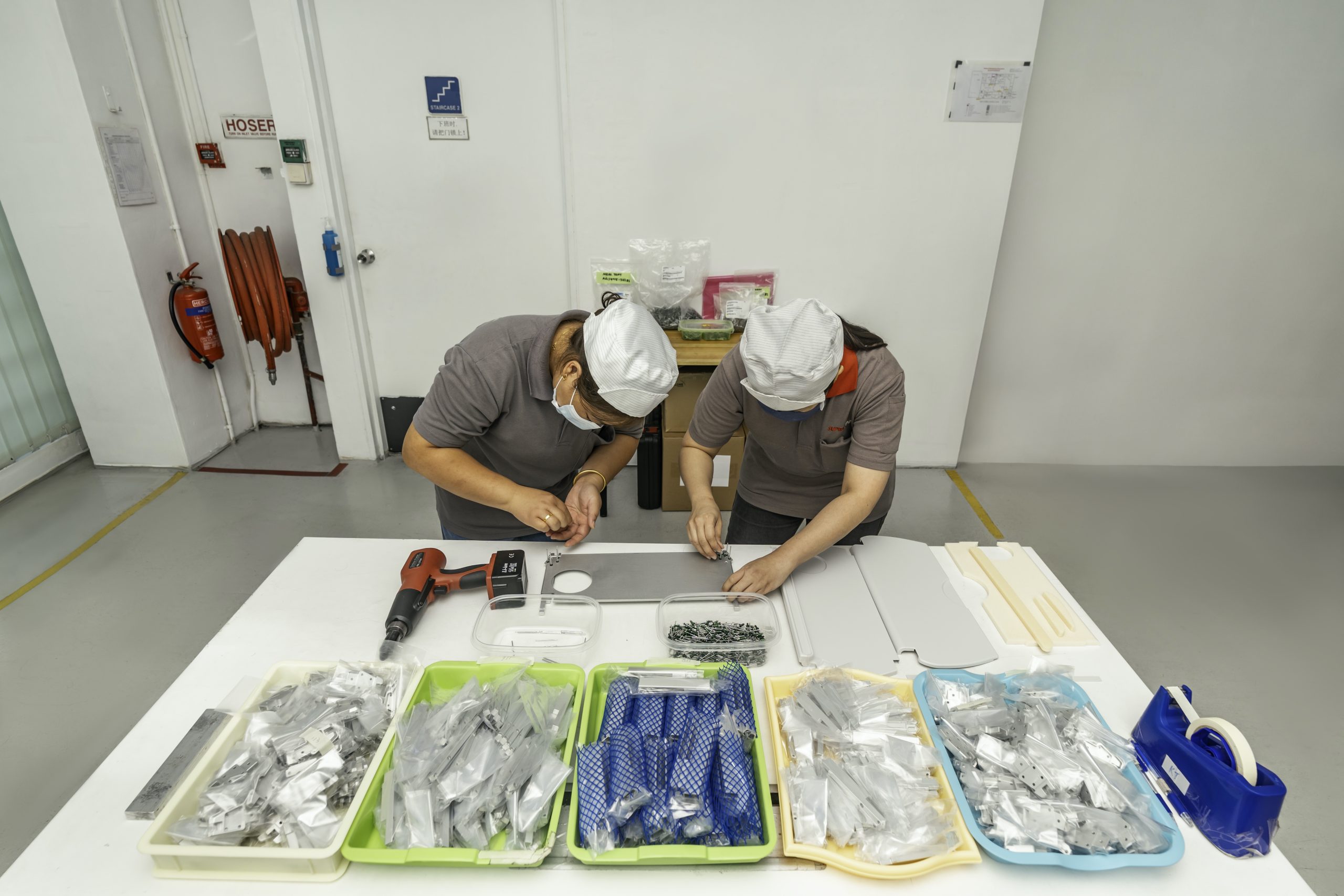One of the main Contract Manufacturing services that SuperPak specialises in is kitting. Kitting is a process used in manufacturing, warehousing, and logistics where multiple individual items are assembled together into a single kit or package. This can streamline operations and provide several benefits, especially in packaging and shipping.
Key Features and Benefits of Kitting:
1. Simplifies Assembly:
- By pre-assembling components into kits, you simplify the assembly process for the end user or streamline manufacturing workflows.
2. Improves Efficiency:
- Reduces the time and labour required for assembly or packaging by consolidating tasks and minimising the need for multiple handling operations.
3. Reduces Errors:
- Ensures that all necessary components are included in each kit, reducing the risk of missing parts and errors in order fulfilment.
4. Enhances Inventory Management:
- Improves inventory control by consolidating various items into kits, making it easier to track and manage stock levels.
5. Speeds Up Order Fulfilment:
- Streamlines the picking and packing process, enabling faster and more efficient order fulfilment, which can improve customer satisfaction.
6. Customizable Kits:
- Allows for the creation of custom kits tailored to specific customer needs or product requirements, adding value to the offering.
7. Cost Savings:
- Can lead to cost savings in production and shipping by reducing handling and packaging materials, and optimising logistics.
Applications of Kitting:
1. Manufacturing:
- In manufacturing, kitting can involve assembling parts and components needed for production into kits, making it easier for assembly lines to operate efficiently.
2. Retail:
- Retailers often use kitting to create promotional bundles or gift sets, combining multiple products into a single package for sale.
3. E-Commerce:
- E-commerce businesses use kitting to prepare orders that include multiple items, ensuring that each order is complete and ready for shipping.
4. Healthcare:
- In healthcare, kitting can involve assembling medical supplies and equipment into kits for specific procedures or treatments, improving efficiency and organisation. Examples: Hearing aids.
5. Electronics:
- Electronics manufacturers may kit together various components and accessories needed for a product, facilitating assembly and reducing the chance of missing parts.




